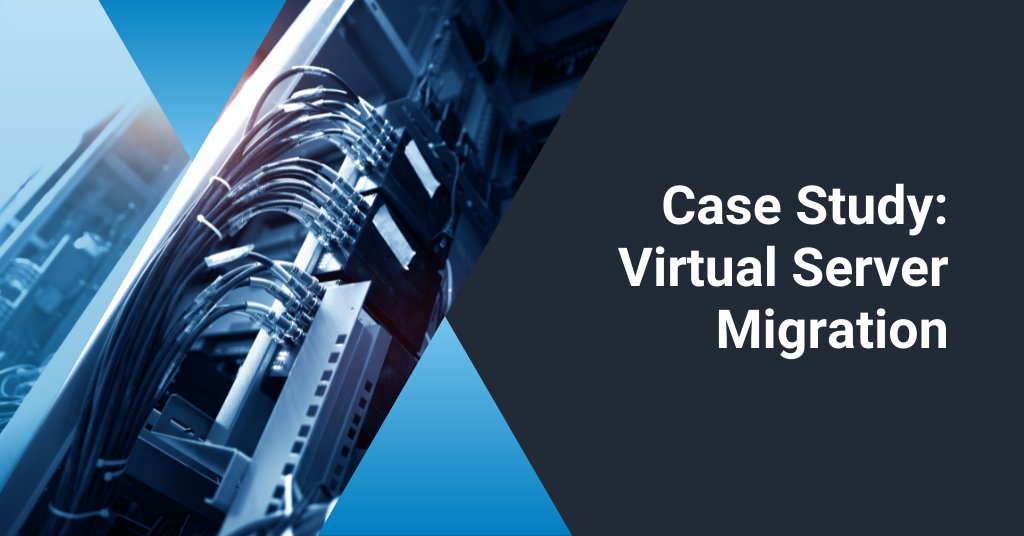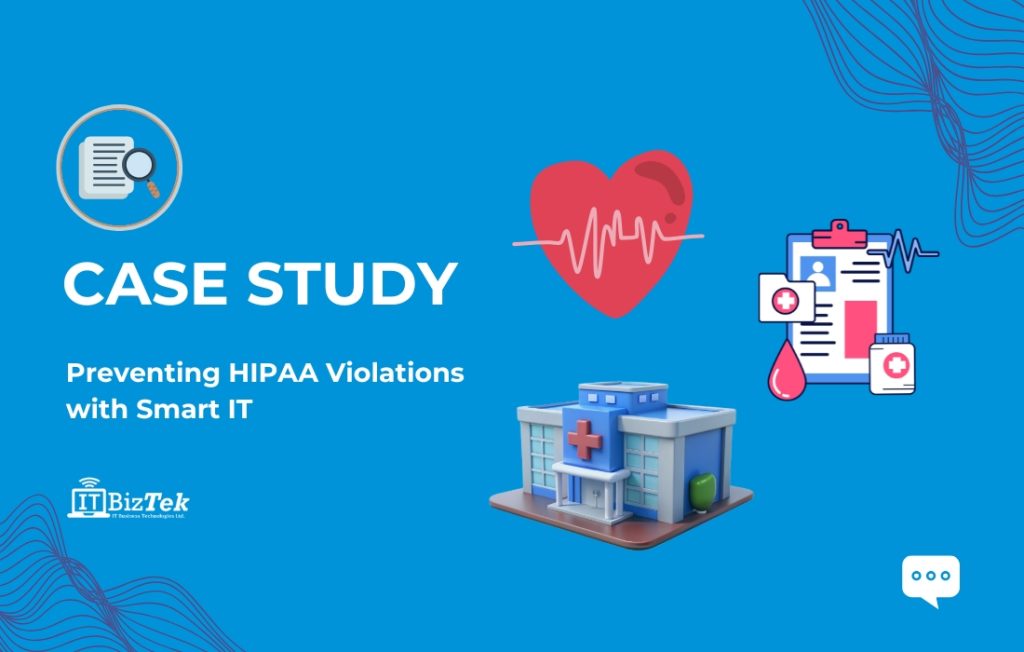Virtual Server Migration With ITBizTek
At ITBizTek, we evaluate your current data infrastructure to see whether it is meeting the demands of your business. We take into consideration the security, complexity, speed, portability, and cost of the cloud design before offering you a cloud infrastructure solution that is optimal for your company. The process of moving your data, apps, and services from on-premises data centers to a public or private cloud, where they are accessible on-demand over the Internet to authorized individuals, is known as virtual migration.
The agility, scalability, and easy adaptability of cloud computing is what makes it increasingly attractive to businesses. Cloud environments are becoming more diverse, with several deployment options such as private, public, and hybrid cloud structures.
In this case study, we will explore what a cloud-based infrastructure can do for an organization. We will also mention the benefits and some roadblocks that may arise when choosing to migrate to a cloud-based system.
Cloud Infrastructure Integration
Cloud infrastructure can assist organizations in a variety of ways. Mobility and flexibility within an organization are two of the most important aspects that can lead to efficiency. Moving to the cloud allows businesses to work from anywhere. Anything saved on the cloud can be recovered using our disaster recovery solution, which is built into the cloud infrastructures we design for our clients.
What are the Most Important Advantages of Moving to the Cloud?
- Cost – We provide 24/7 support for our clients. We take over the headache of maintenance and upgrades, allowing businesses to spend considerably less on IT operations. They may devote more time to innovation – developing new products or enhancing existing ones.
- Performance – Migrating to the cloud can improve performance and user experience in the workforce. Applications and websites hosted in the cloud can scale up quickly to serve more people or at higher speeds, allowing them to operate near end-users, and reducing network latency.
- Capacity – In a cloud computing infrastructure, you can easily scale up to support larger workloads and more users than you would be able to with an on-premise infrastructure. Companies in traditional IT environments have to buy and install physical servers, software licenses, storage, and network equipment in order to support expansion.
- Flexibility – Users now have the ability to use cloud services and data from anywhere in the world, whether they are employees or clients. This enhances customer experiences, allowing for improved access to information, as well as providing employees with up-to-date, versatile technologies. This in particular plays a huge role for companies who are trying to adapt to pandemic conditions.
How We Migrated Data to a Virtual Server
A client reached out to us regarding their current data infrastructure. This client had multiple locations and needed a data strategy that could satisfy their current work landscape, as most of their employees were operating out of different locations.
Their physical servers were aging beyond their economic life expectancy and, in many cases, beginning to fail. These Indications were leading to the fact that it was time to upgrade to newer technologies. The client wanted us to develop a cloud migration strategy that would help them move their data to a cloud-based system without risking data loss, data breaches, and excessive downtime. They were looking to get rid of their physical infrastructure, meaning they would like to access their data remotely without complications.
Taking everything into consideration, we proposed a central hosting server for them to which they can connect remotely. This makes it possible for all the business locations to access one secured server without any interference
For a successful virtual migration, we needed to:
- Remove their existing server setup
- Setup a dedicated server in our data center
- Host a virtual server
- Move all their data
- Secure all their data
- Back up all their data
This client was also using an accounting software called Sage and a CRM software called Caseware. Through the virtual migration, we provided them with a dedicated virtual server in our secure data center that could accommodate both software. Now the data could be accessed remotely from both applications.
What are the most common cloud migration roadblocks?
Cloud migrations can be complex and risky. Here are some major issues that businesses face as they decide to make the move to the cloud.
- Improper planning
- Budget management
- Data breach
- Data loss
Organizations that rush onto the cloud without spending enough time and energy on their plan frequently regret it. Cloud adoption and implementation require thorough end-to-end cloud migration planning.
At ITBizTek, we understand the frustration behind having to go through downtime because of system disruptions. This is why when taking on a case, we analyze the pros and cons of the existing system and the client’s unique needs so that we can come up with a strategy that targets the important aspects such as proper budget allocation, data safety, and implementation of a solid strategy. Through our managed IT services we were able to streamline how this organization stores and accesses its data. We implemented a strategy that gave them the required flexibility when operating from multiple locations.
If you have any questions or want to discuss details regarding your current data servers or other kinds of managed IT services, feel free to contact us and we would love to set up a free IT assessment for you. If you would like to know more about the investment required for a server migration, feel free to browse our website for more information.






